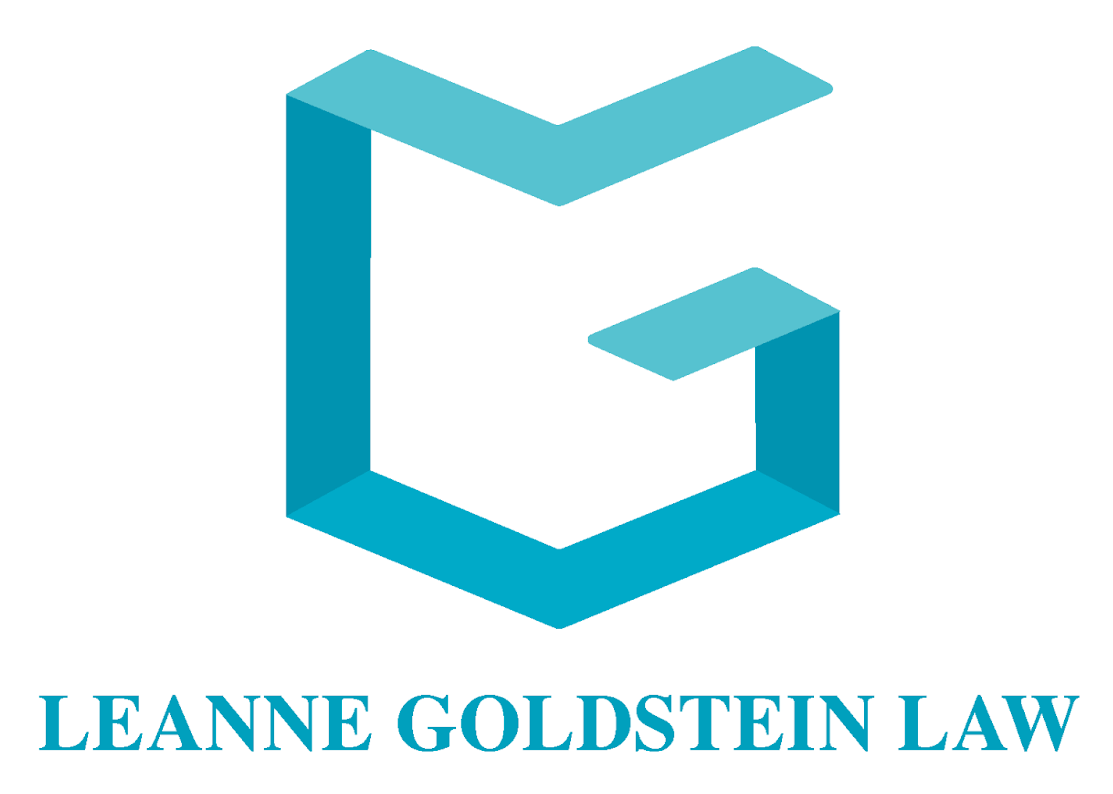When one thinks of a disability, it’s often the visible ones that come to mind — those that might require the use of a wheelchair, a cane, or hearing aids. However, many disabilities are invisible but can be just as debilitating, if not more so. Known as hidden or invisible disabilities, these conditions present unique challenges in the realm of legal claims. This article delves into the complexities surrounding hidden disabilities, the legal challenges they present, and how these challenges can be overcome.
- Understanding Hidden Disabilities
Hidden disabilities, as the name suggests, are not immediately apparent. They can range from chronic illnesses like lupus or Crohn’s disease, mental health conditions like depression or PTSD, cognitive dysfunctions like dyslexia, or conditions such as chronic pain or fatigue. These disabilities might not manifest outwardly, but they can drastically impact an individual’s daily life.
- Legal Challenges
- Proving the Disability: The most significant challenge is proving the existence and severity of the disability. Since there aren’t always tangible medical tests or visible symptoms, the onus falls on the claimant to provide sufficient evidence. Insurers will often focus on the absence of medical “proof” of severity or in cases like mental health, chronic pain and fatigue, the absence of “objective medical evidence”, in order to deny these claims.
- Misunderstanding and Skepticism: There is a societal bias that often equates ‘seeing’ with ‘believing’. Claimants with invisible disabilities frequently face skepticism from insurers, medical professionals, employers, and even the legal system itself.
- Quantifying the Impact: Measuring the exact impact of a hidden disability on one’s quality of life or work capability can be challenging. How does one quantify the debilitating nature of chronic fatigue or the cognitive challenges of ADHD?
- Overcoming Biases in Claims
- Medical Documentation: Having comprehensive and consistent medical records is crucial. Regular check-ups, diagnoses, treatment plans, and notes on the severity and frequency of symptoms can play a pivotal role.
- Expert Testimonies: Bringing in medical experts who can testify about the condition and its impacts can lend credibility to a claim. This might include doctors, psychologists, or occupational therapists familiar with the disability in question.
- Lay Witnesses: Family and friends who can attest to the impact of the condition on activities of daily living and interpersonal interaction can substantiate the debilitating nature
- Awareness and Education: Educating the concerned parties, be it insurance companies , employers, or the court, about the nature and ramifications of the hidden disability can mitigate biases and misunderstandings. This is particularly important for conditions that are notoriously faced with skepticism such as Functional Neurological Disorders, Fibromyalgia, Chronic Fatigue, Lyme Disease, Multiple Chemical Sensitivities and Endometriosis, to name a few.
- Support and Advocacy
Joining support groups or advocacy organizations for specific disabilities can offer resources, testimonials, and even legal assistance. Collective voices often resonate louder, pushing for more understanding and acceptance of hidden disabilities in legal spheres.
- The Need for Empathy and Open-mindedness
While legal strategies and documentation are vital, there’s a broader need for society, including the legal and insurance sectors, to approach hidden disabilities with more empathy and open-mindedness. Recognizing that not all disabilities are visible and respecting the struggles of those with hidden disabilities is a step towards a more inclusive and understanding society.
Conclusion
Hidden disabilities, despite being invisible, carry significant weight in the lives of those who live with them. While the road to legal recognition and compensation can be riddled with challenges, with the right tools, evidence, and advocacy, these hurdles can be overcome. As awareness and understanding grow, it’s hoped that individuals with hidden disabilities will face fewer biases and more support in their legal journeys.
